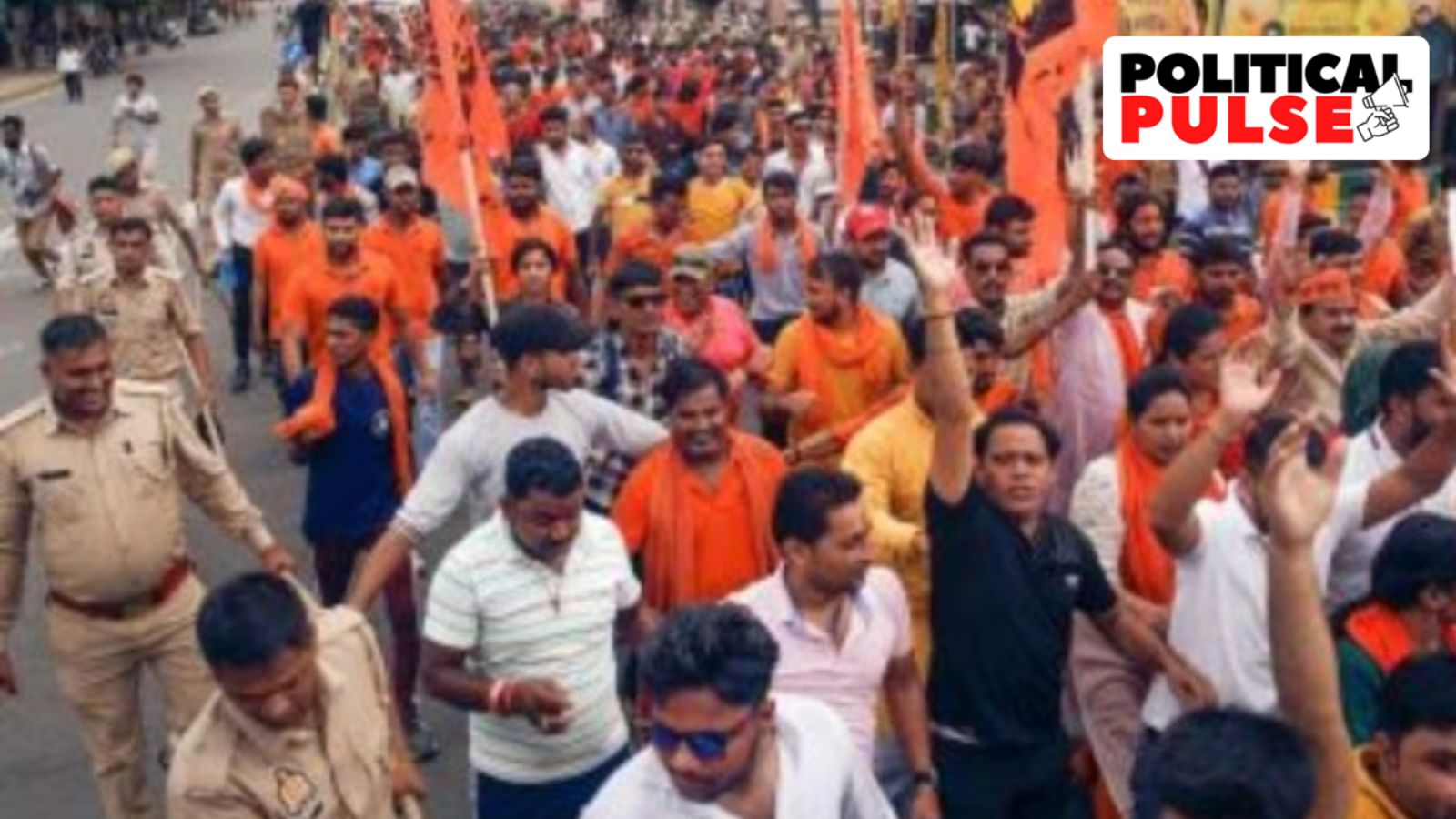 |
|
The recent attacks on Hindu temples in Canada, specifically the incident at the Hindu Sabha Mandir in Brampton during a visit by Indian consular officials, have sparked protests and calls for unity among the Hindu and Sikh communities. These attacks, perceived as instigated by pro-Khalistan separatists, have prompted a response from the Vishwa Hindu Parishad (VHP) and other Hindu organizations, who have joined forces with Sikh community members to condemn the violence and denounce the attempts to sow discord between the two faiths.
The protests, which included demonstrations outside the Canadian Embassy in New Delhi and gatherings in Brampton, saw participants from both Hindu and Sikh backgrounds united in their condemnation of the attacks. Notably, placards displayed at the demonstrations emphasized the shared history and unity between Hindus and Sikhs, with slogans like “Awaz Do, Hindu Sikh Ek Hain” (Raise the voice that Hindus and Sikhs are united) and “Hindu Sikh Ekta Zindabad” (Long live the Hindu-Sikh unity). These events highlight the growing sense of unease and the perceived threat to communal harmony posed by Khalistani separatists.
This escalation of tensions comes amidst a broader context of increasing political polarization and a perceived divide between the Hindutva politics of the Bharatiya Janata Party (BJP) and a segment of the Sikh community, particularly in Punjab. The year-long farmers' agitation against the now-repealed three central agricultural laws in 2020-21 had amplified the distrust towards the BJP among certain sections of the Sikh population. The rise of Khalistani radical Amritpal Singh, although subsequently arrested, further fuelled this sense of alienation and fueled tensions between the two communities.
The Sangh Parivar, which encompasses organizations like the RSS, VHP, and BJP, has long recognized the importance of engaging with the Sikh community. Historically, they have sought to counter the influence of “foreign religions” like Islam and Christianity, viewing Sikhism, Buddhism, and Jainism as integral components of the larger Hindu culture. This strategy, based on the belief that Sikhs hold significant socio-economic influence both within India and internationally, has been particularly evident in their efforts to address the rise of Sikh separatism.
The RSS's formation of the Rashtriya Sikh Sangat in the 1980s aimed to bridge the growing gap between Hindus and Sikhs during the period of militancy in Punjab. However, the Sangat’s work waned as militancy subsided. Attempts to revive the Sangat were made during the farmers' agitation, highlighting the Sangh Parivar's concern about the deepening disconnect between Sikhs and the central government. Currently, the RSS is adopting a more cautious approach to the Sangat's activities, recognizing the sensitive nature of the current situation in Punjab.
The Sangh Parivar's response to the recent temple attacks in Canada underscores their strategy of seeking to maintain communal harmony and counter the influence of Khalistani separatism. By actively engaging with the Sikh community and emphasizing the shared cultural and religious heritage of Hindus and Sikhs, the Sangh Parivar aims to bridge the divide and strengthen their position against perceived external threats.
Source: Behind Sangh Parivar protests against Canada temple attacks, a push to bridge Punjab divide
